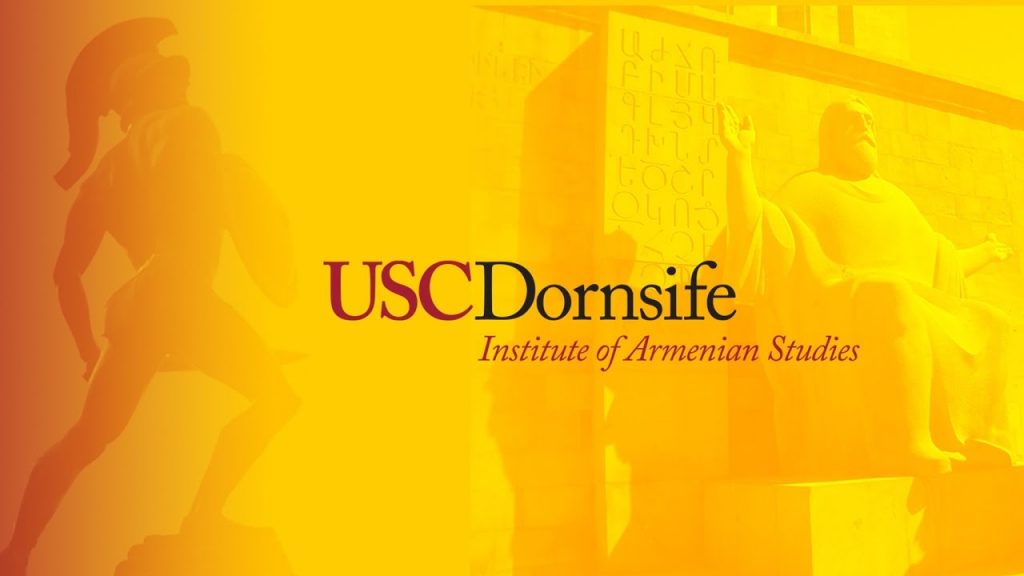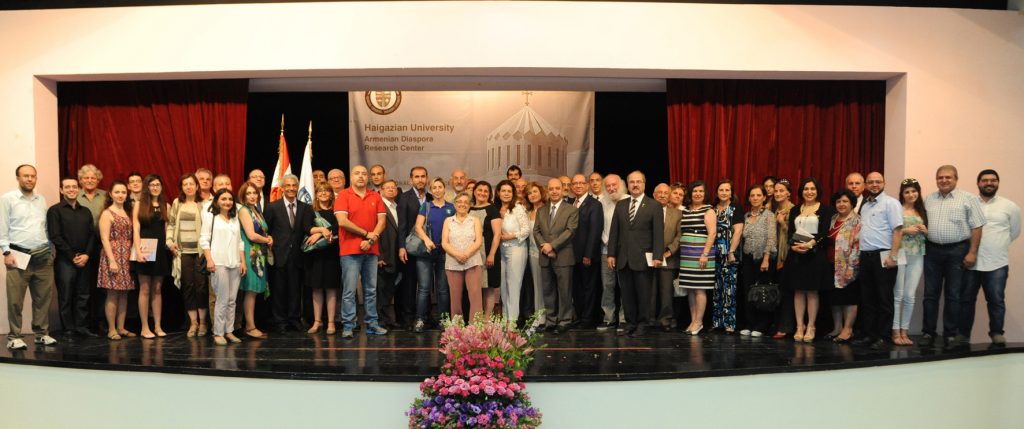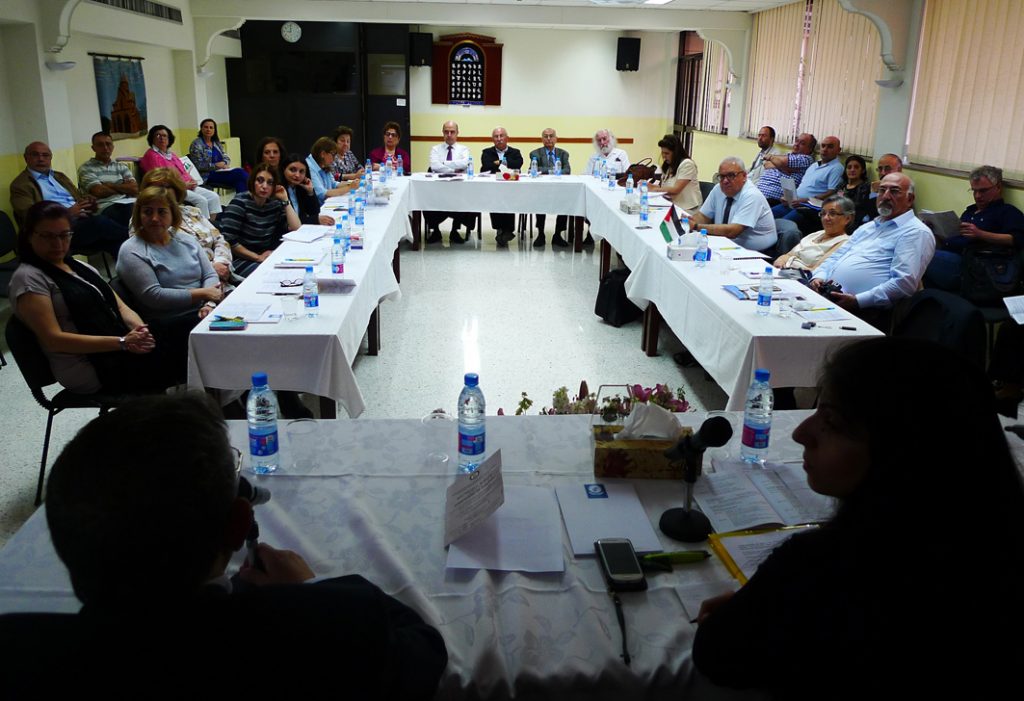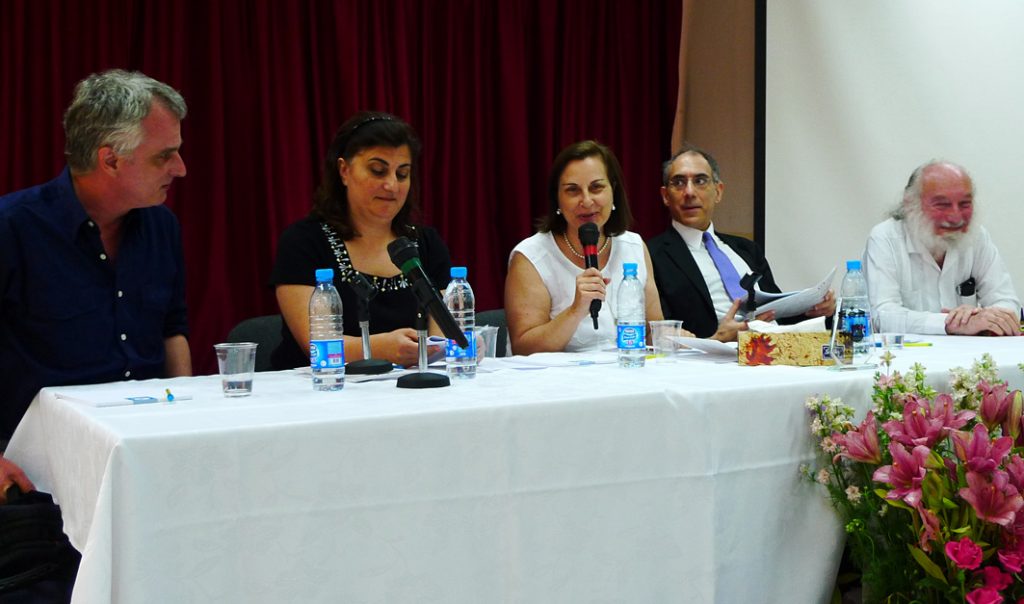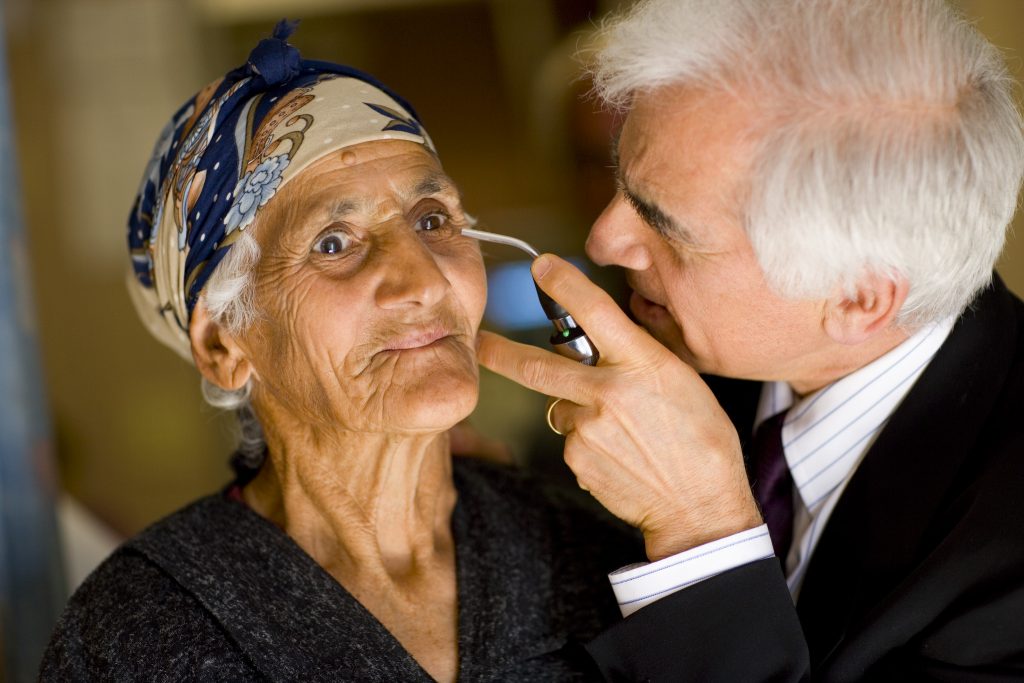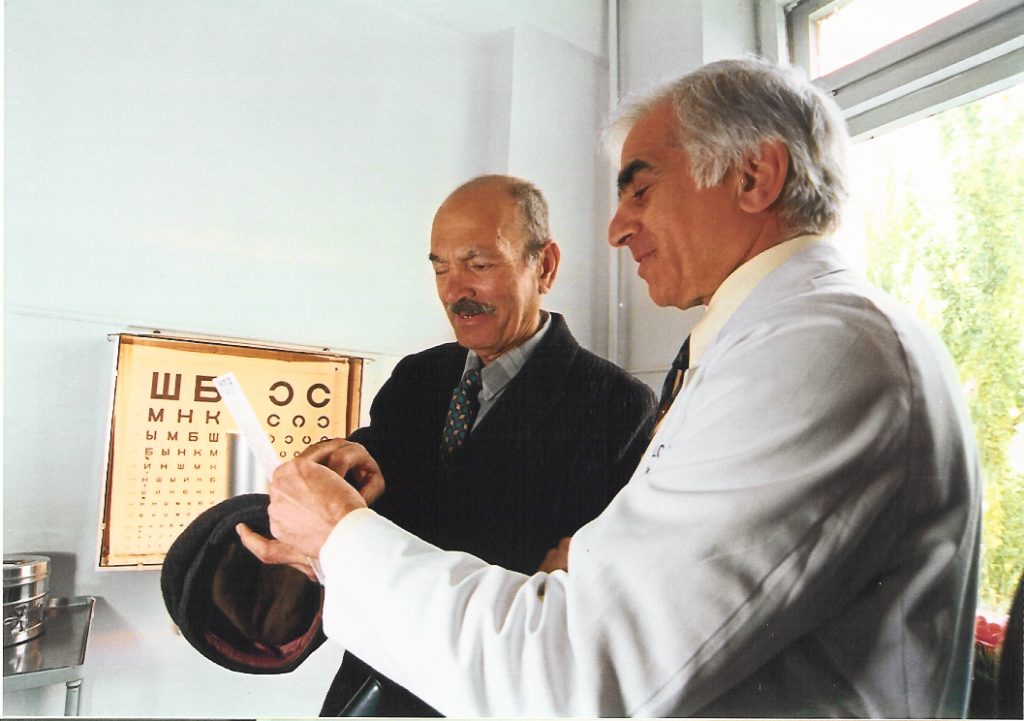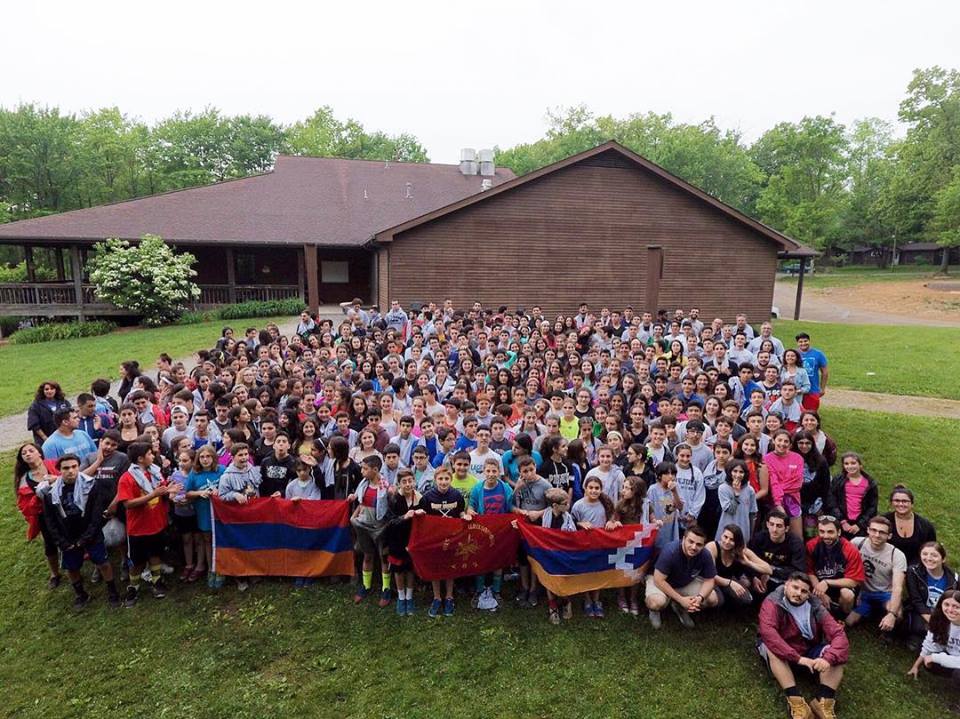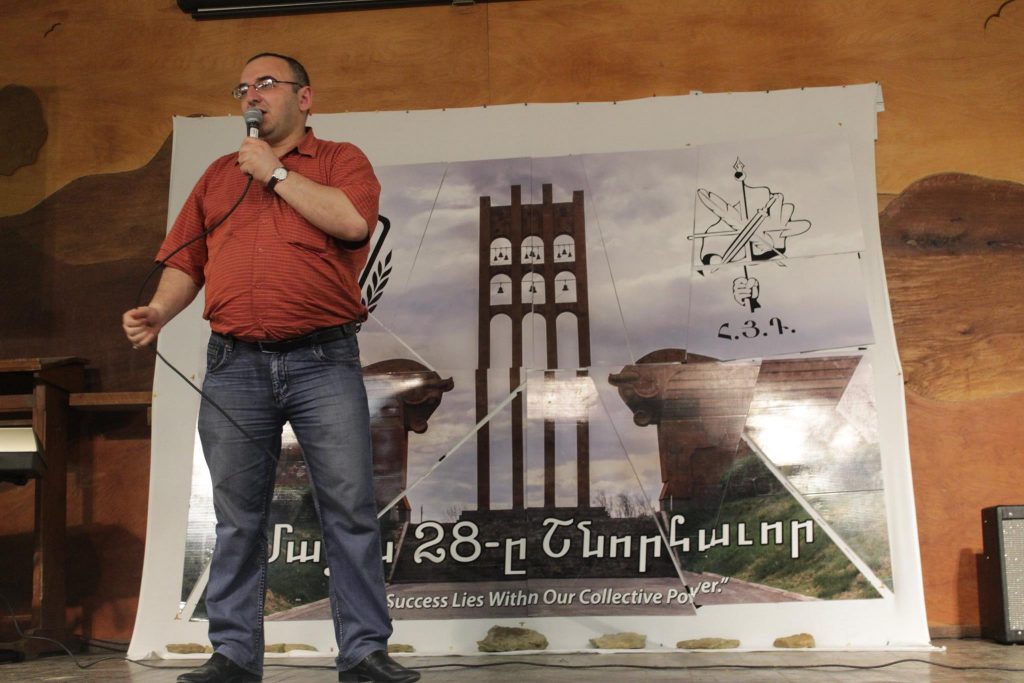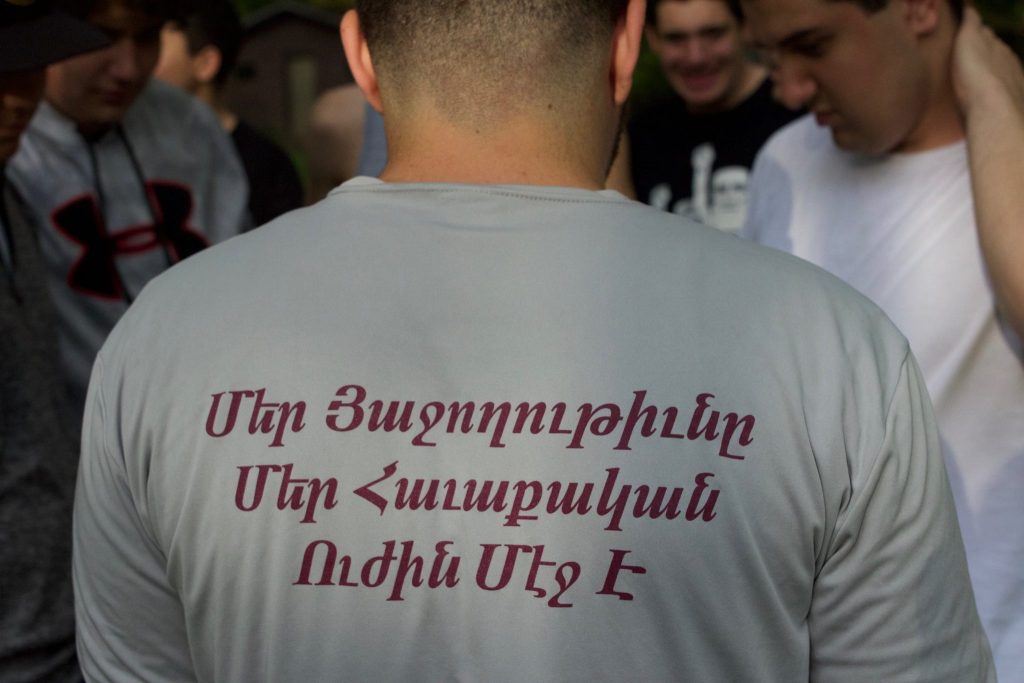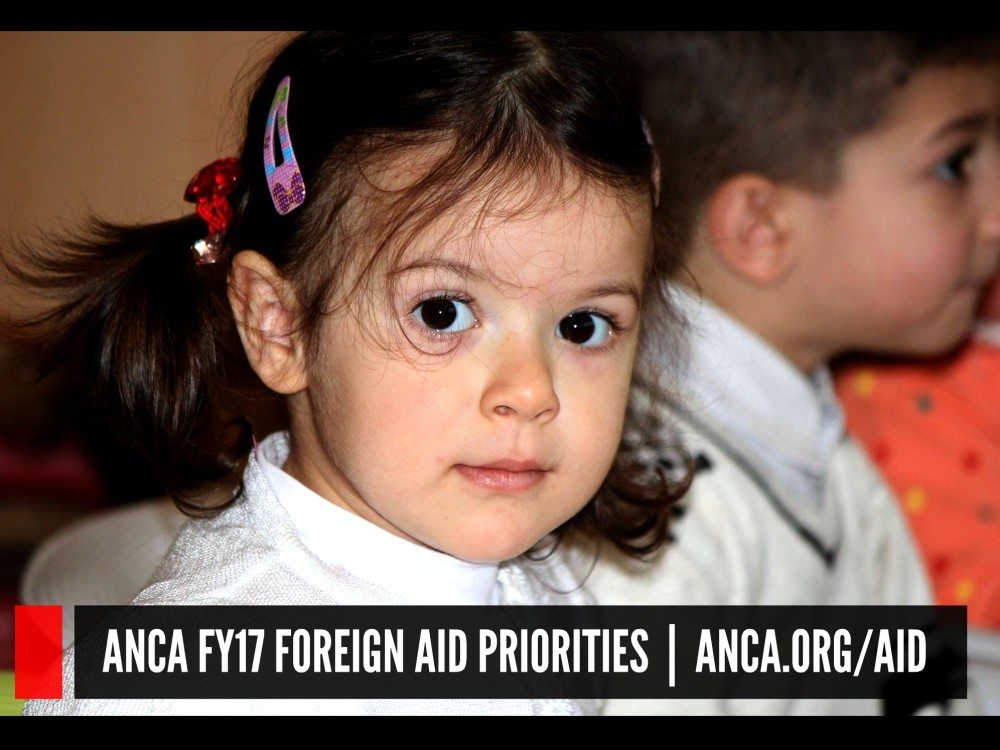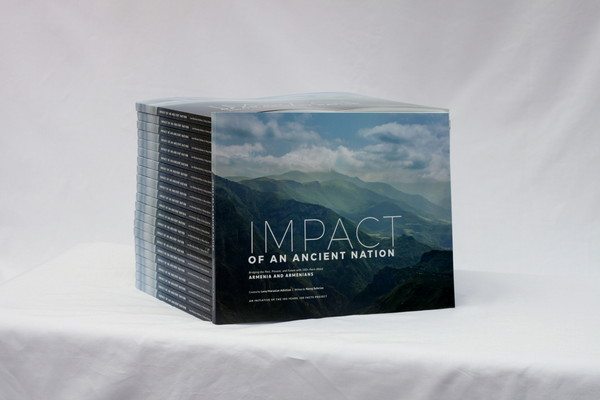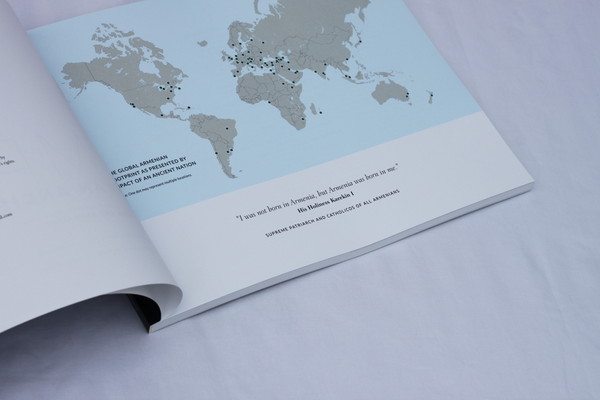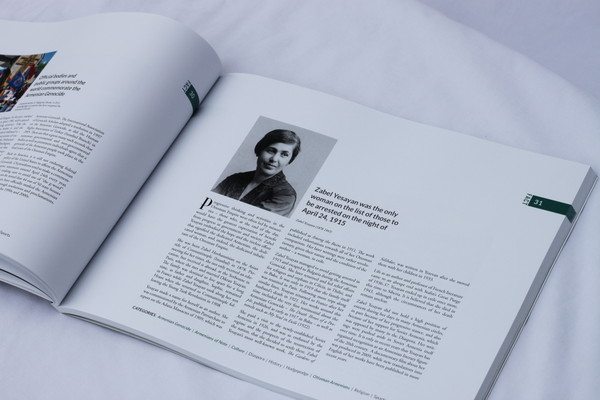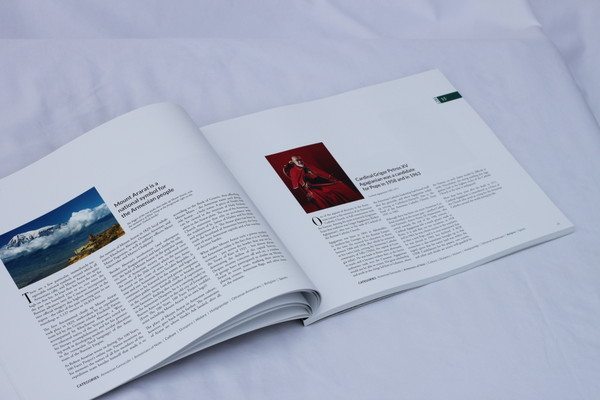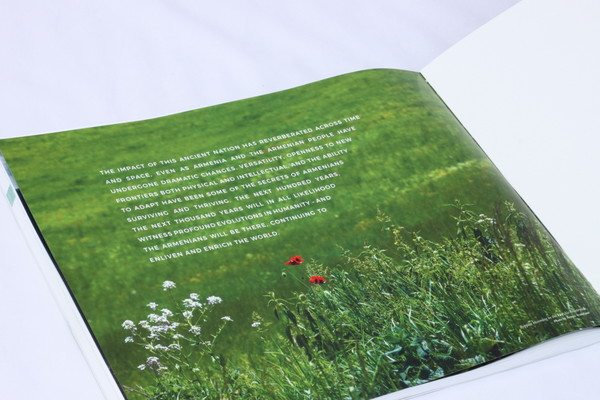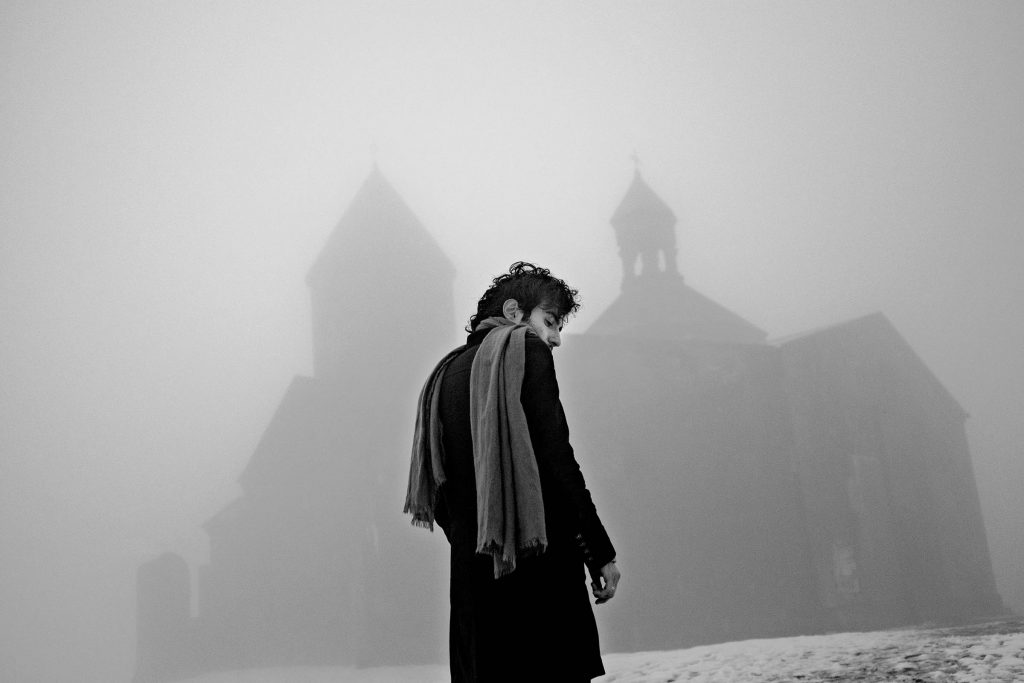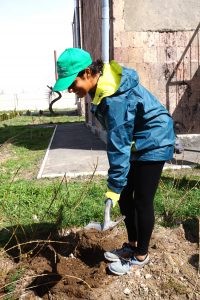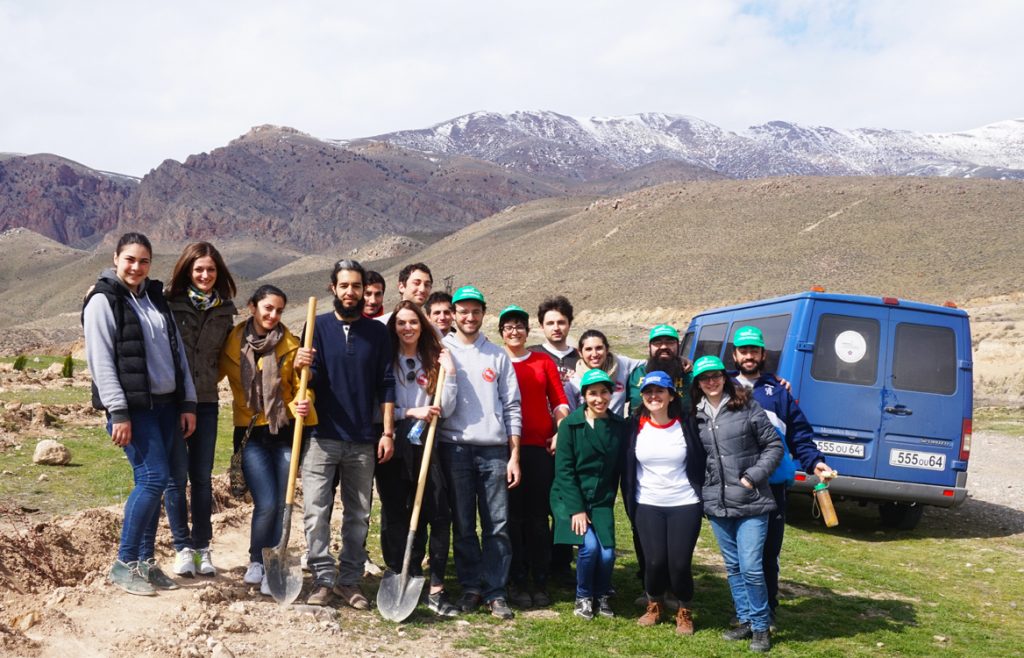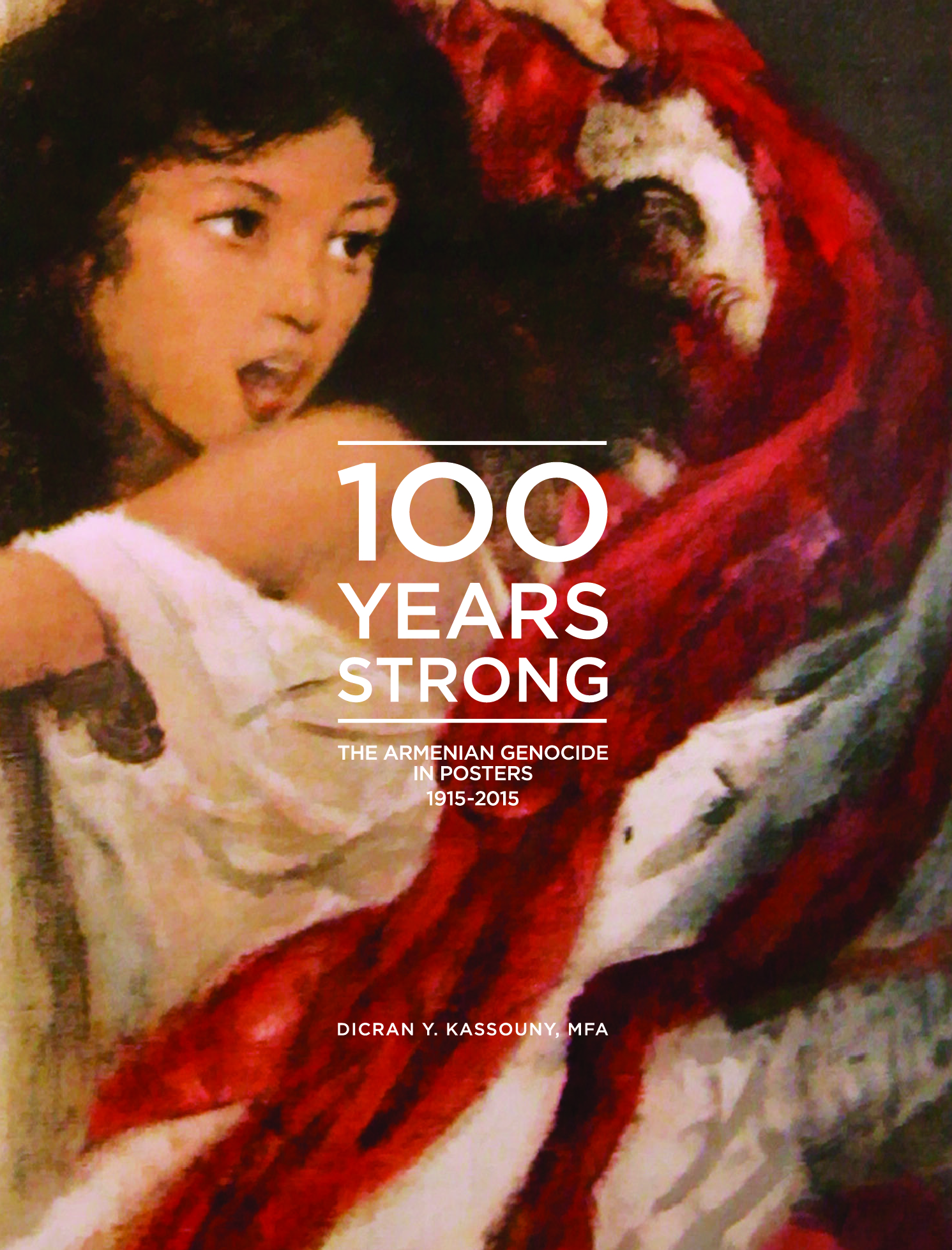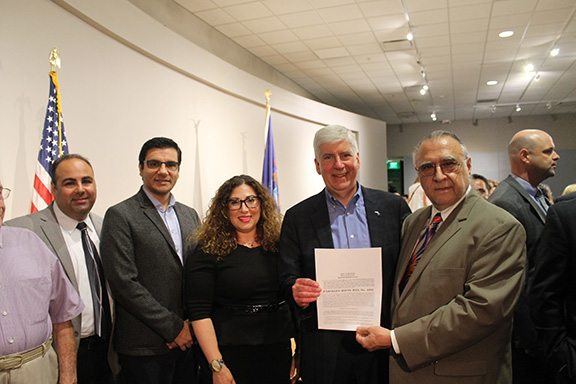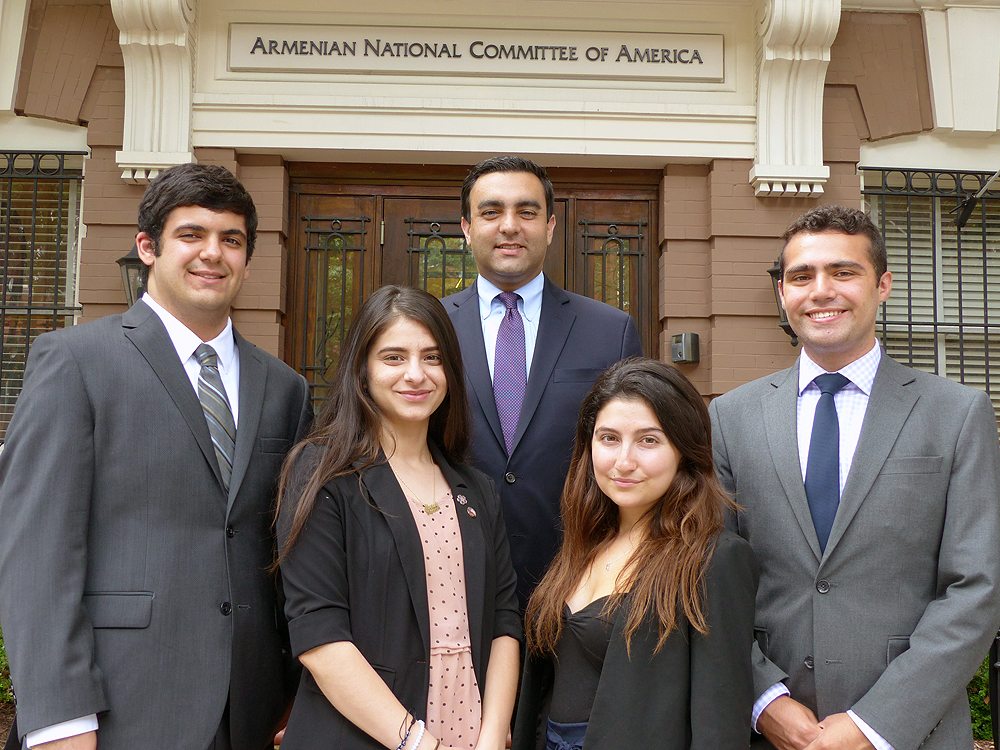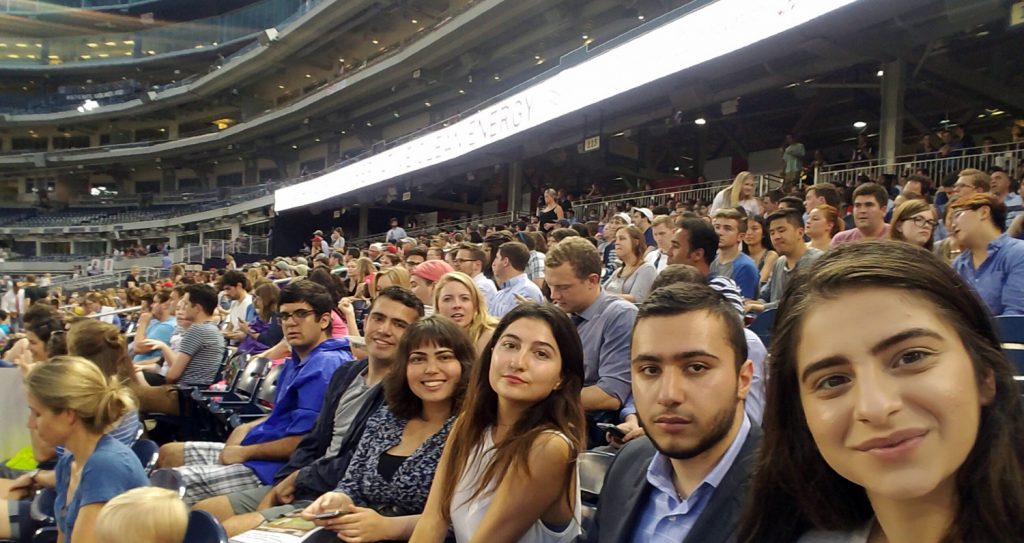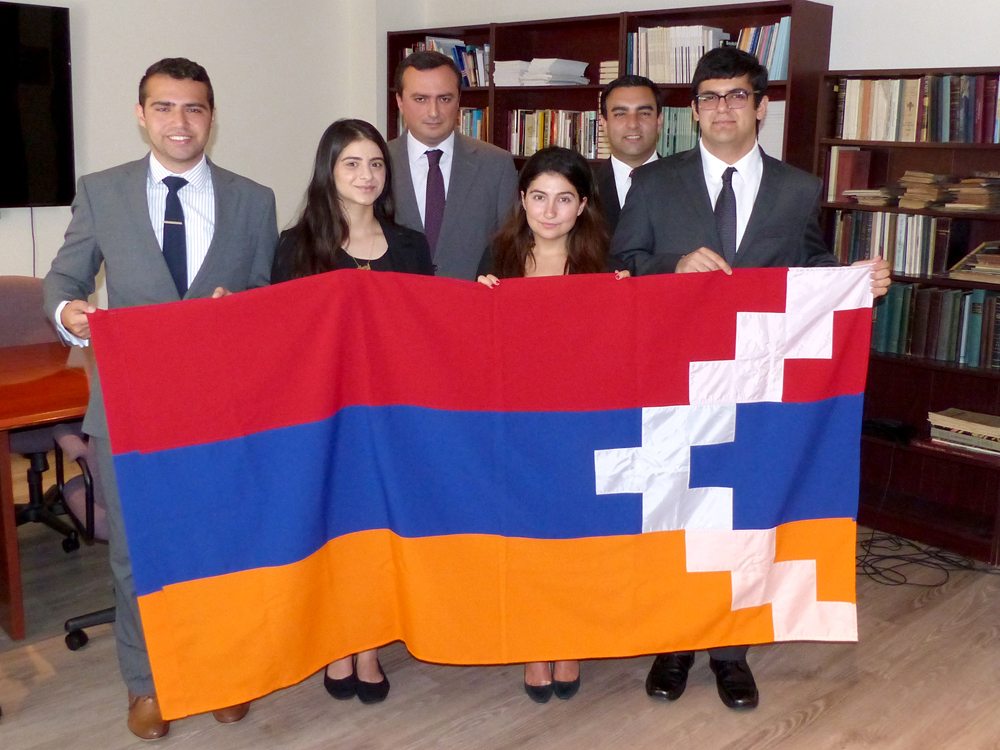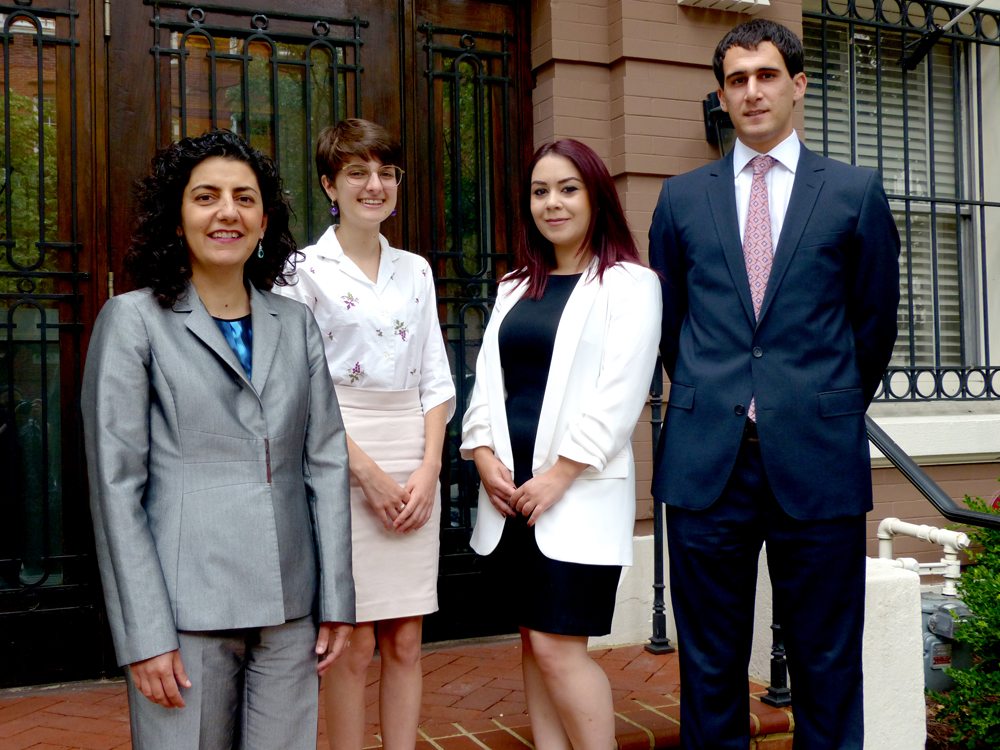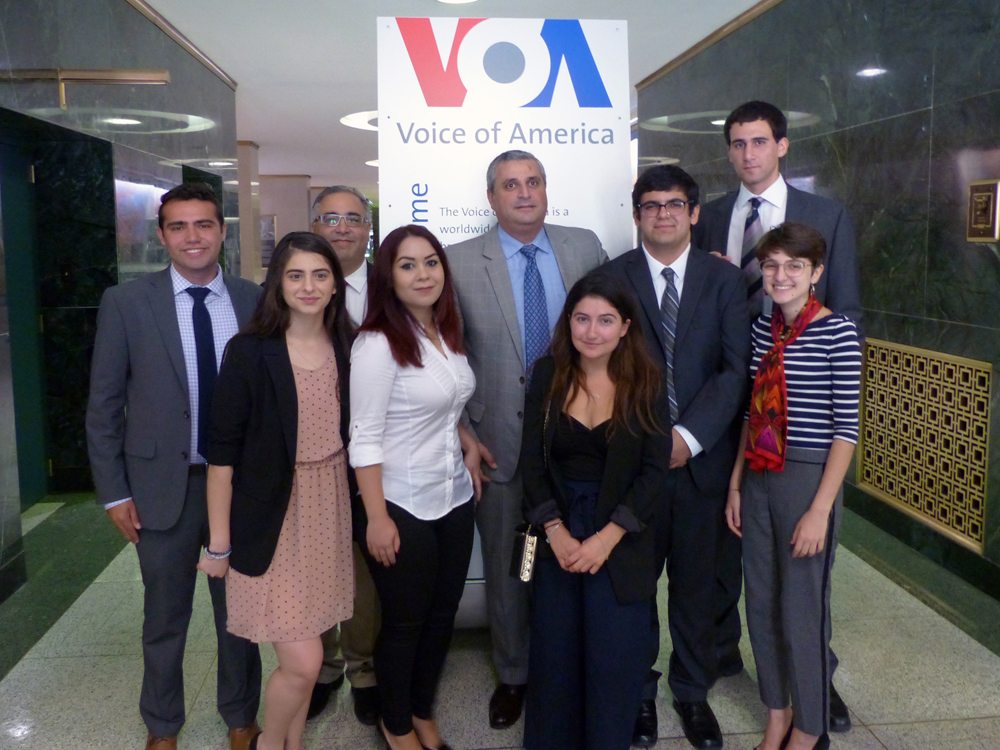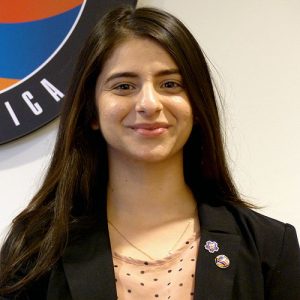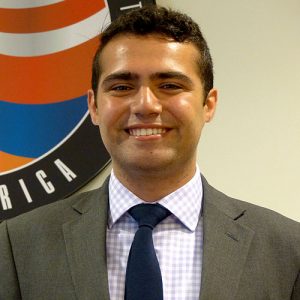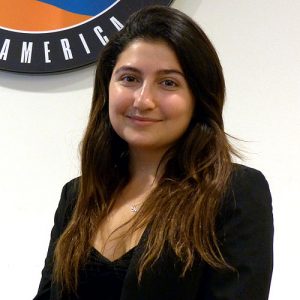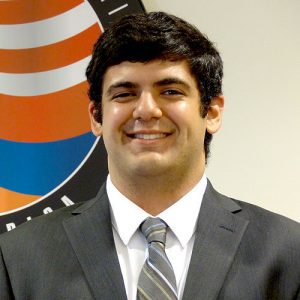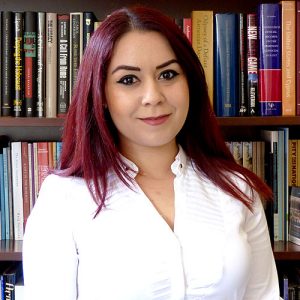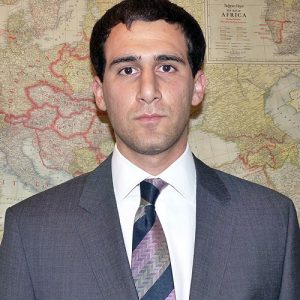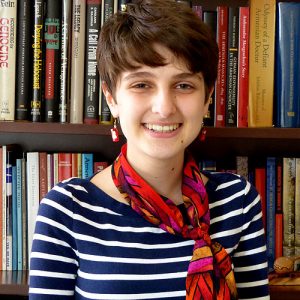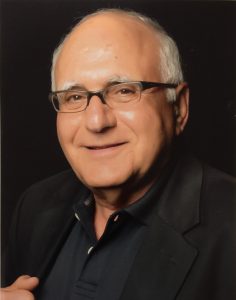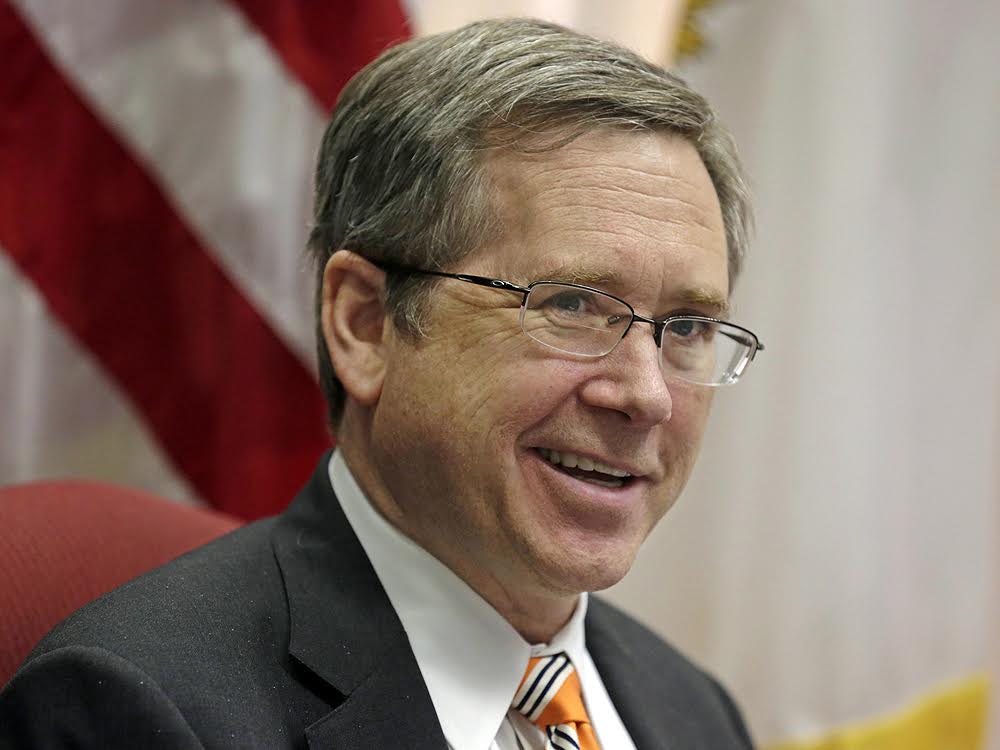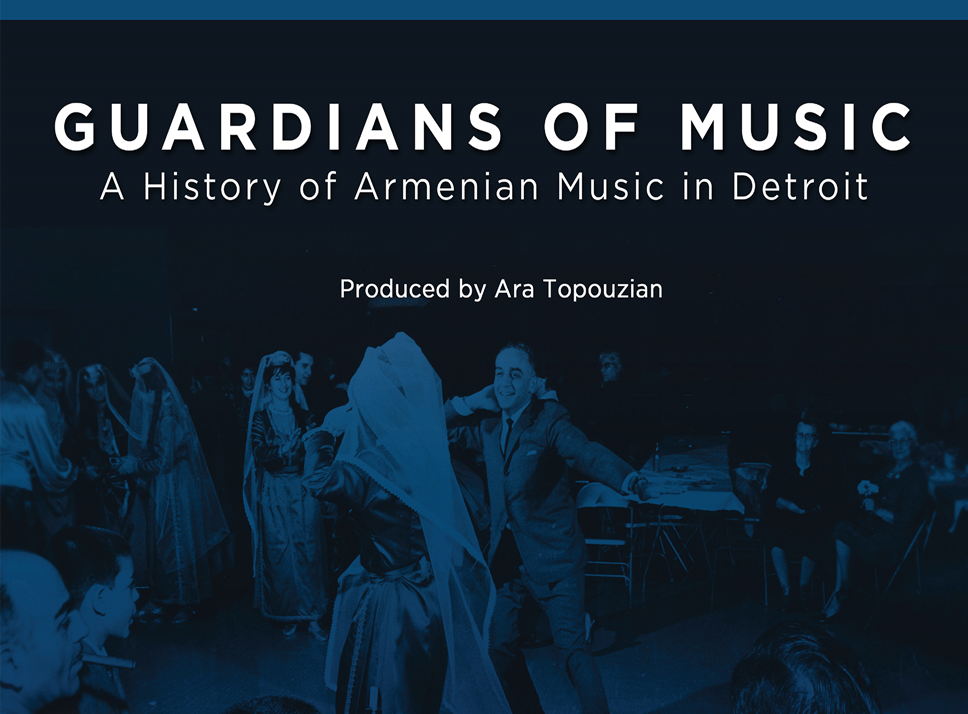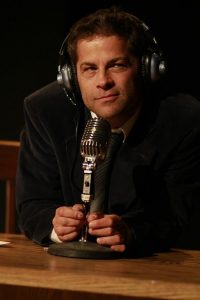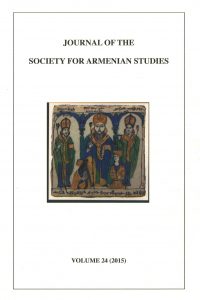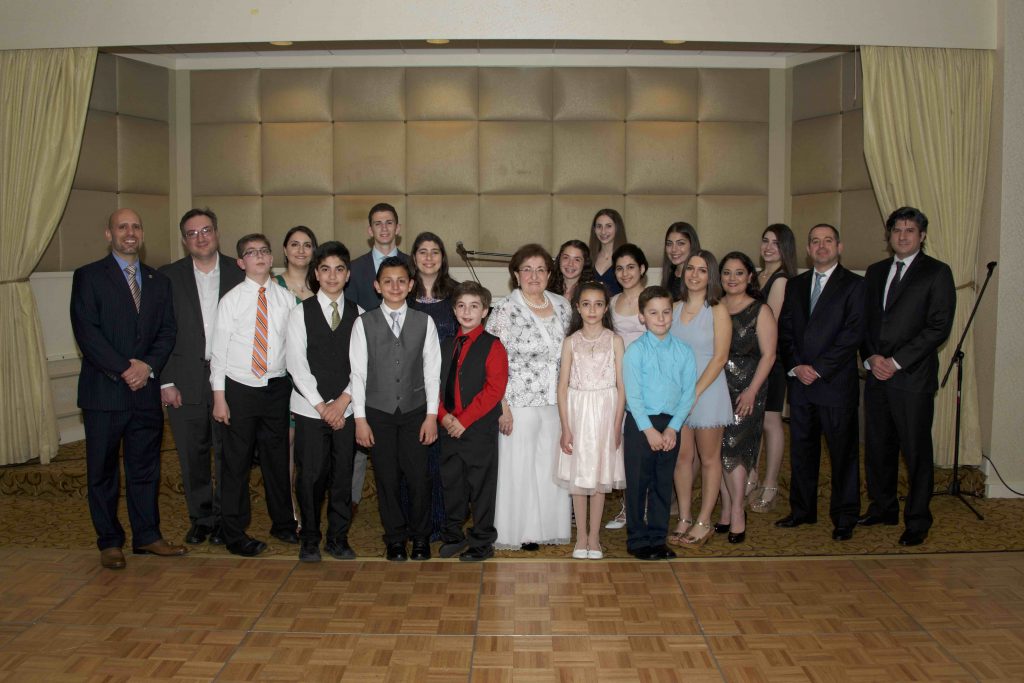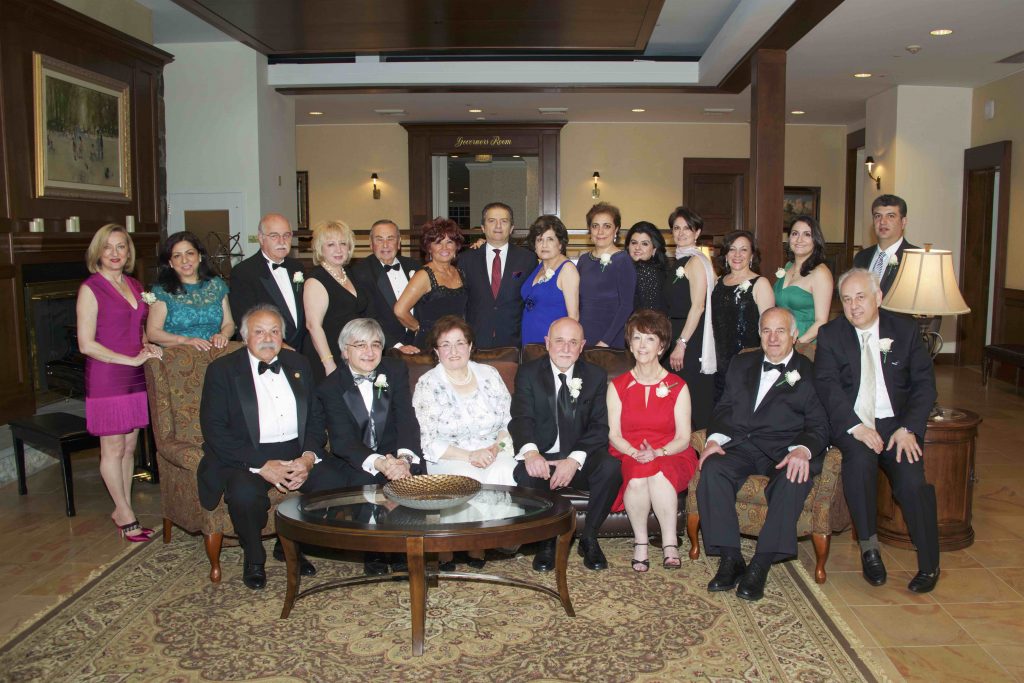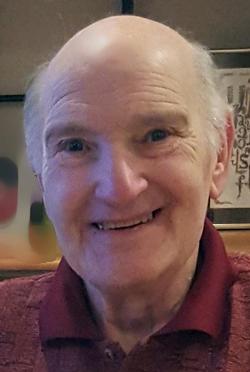Carnegie Corporation of New York, Established by Scottish Immigrant Andrew Carnegie, Thanks Immigrants for Contributions to America
NEW YORK—On June 30, 100 LIVES and Aurora Prize Co-Founder Dr. Noubar Afeyan was named one of Carnegie Corporation of New York’s “Great Immigrants: Pride of America” honorees. Afeyan’s distinction identifies him as one of the most prominent and influential naturalized citizens in the United States. As Americans prepare to celebrate the most patriotic of their holidays on July 4, Carnegie Corporation of New York pays tribute to the role immigrants play in strengthening the country and its democratic society.
![]()
Noubar Afeyan
The Carnegie Corporation recognizes significant naturalized citizens every year to salute the legacy of Andrew Carnegie and other immigrants. Previous honorees include Aurora Prize Selection Committee Co-Chair Elie Wiesel, U.S. Ambassador to the United Nations Samantha Power, TV producer Lorne Michaels, and CEO and co-founder of Argo Tea Arsen Avakian, among others.
Afeyan has contributed a great deal to the American community, while honoring his Armenian descent. As founder, senior managing partner, and CEO of Flagship Ventures, Afeyan has helped build and foster more than 35 successful life science and technology startups. He has also contributed to the successful launch of 100 LIVES and the Aurora Prize for Awakening Humanity, a new $1 million humanitarian award to be presented on April 24 of each year in Yerevan, Armenia. Afeyan also served as chairman for the National Commemoration of the Armenian Genocide Centennial events that took place in May 2015 and brought over 2,000 Armenians to Washington, D.C.
Afeyan serves on a number of public and private company and organization boards, including the Boston Symphony Orchestra, MIT Board of Trustees, UWC Dilijan College in Armenia, and an organization promoting economic development in Armenia.
Each year since 2006, the philanthropic foundation has recognized the contributions of naturalized citizens with its “Great Immigrants: The Pride of America” initiative. For 2016, the corporation named 42 honorees who represent some 30 different countries of origin, a wide range of personal immigration stories, and inspiring professional accomplishments.
“These accomplished Americans are immigrants like our forefathers, who founded this nation of nations,” said Vartan Gregorian, the president of Carnegie Corporation of New York. “They are representative of the millions of immigrants who have come to the United States for economic opportunity, education, political or religious asylum, security, or reunification with families and relatives. They, like all Americans, share a common faith in this country.”
Nearly 9 million legal permanent residents (LPRs) are currently eligible to naturalize and become U.S. citizens. In keeping with the mission of its founder, Andrew Carnegie, the corporation is committed to the integration of immigrants with the goal of helping them become citizens who can participate fully in our democracy. Together with grantees and partner organizations, the “Great Immigrants” initiative works to raise awareness about the naturalization process and provide helpful resources that will assist LPRs, including the free online application system Citizenshipworks. Carnegie Corporation also supports the New Americans Campaign, the nation’s largest network of non-profits focused on naturalization.
The 2016 Great Immigrants and their countries of origin are:
Noubar Afeyan, entrepreneur, venture capitalist, philanthropist (Lebanon)
Selu Alofipo, artist, White House “Champion of Change” honoree (Island of Samoa)
Samantha Bee, actress, comedian (Canada)
Len Blavatnik, industrialist, philanthropist (Ukraine)
Roberta Capp, assistant professor, University of Colorado Medical School; Vilcek Prize for Creative Promise in Biomedical Science recipient (Brazil)
Jim Carrey, actor, comedian (Canada)
Mariano Castillo, journalist; Soros Fellowship for New Americans recipient (Peru)
Marcelo Claure, president and CEO, Sprint (Bolivia)
Nadia Comaneci, five-time Olympic gold medalist in gymnastics (Romania)
Ronald J. Daniels, president, Johns Hopkins University (Canada)
Michaela DePrince, ballerina, Dutch National Ballet (Sierra Leone)
Jaha Dukureh, founder, Safe Hands for Girls (Gambia)
John L. Estrada, U.S. ambassador to Trinidad and Tobago (Trinidad and Tobago)
Florent Groberg, U.S. Army captain, retired; Congressional Medal of Honor and Bronze Star Medal recipient (France)
Peter Blair Henry, dean, Leonard N. Stern School of Business, New York University (Jamaica)
Farnam Jahanian, provost, Carnegie Mellon University (Iran)
Sally Jewell, U.S. secretary of the interior (England)
Jan Koum, co-founder and CEO, WhatsApp (Ukraine)
Fei-Fei Li, director, Stanford Artificial Intelligence Lab and Stanford Vision Lab (China)
Viet Long, brigadier general, U.S. Army (Vietnam)
Iqram Magdon-Ismail, co-founder, Venmo (Zimbabwe)
Vikram Malhotra, chairman of the Americas, McKinsey & Company (India)
Mehret Mandefro, physician, anthropologist, filmmaker (Ethiopia)
Michael Moritz, chairman, Sequoia Capital (Wales)
Bharati Mukherjee, National Book Critics Circle Award-winning author (India)
Peter A. Nadosy, managing partner, East End Advisors (Hungary)
Graham Nash, Grammy Award-winning singer-songwriter
Jaqueline H. Nguyen, judge, U.S. Court of Appeals for the 9th Circuit (Vietnam)
Deogratias Niyizonkiza, founder and CEO, Village Health Works (Burundi)
Bennet Omalu, forensic pathologist, discoverer of chronic traumatic encephalopathy, CTE (Nigeria)
Jorge M. Pérez, chairman and CEO, Related Group of Florida (Argentina)
Thuan Pham, CTO, Uber Technologies, Inc. (Vietnam)
Sundar Pichai, CEO, Google (India)
Ana Luz Porzecanski, director, Center for Biodiversity and Conservation, American Museum of Natural History (Bolivia)
Wolfgang Puck, chef and restaurateur (Austria)
Azita Raji, U.S. ambassador to Sweden (Iran)
Shaiza Rizavi, partner, Gilder, Gagnon, Howe & Co. (Pakistan)
Isabella Rossellini, actress, model, filmmaker (Italy)
Aziz Sancar, Nobel Prize-winning biochemist; president emeritus, Aziz and Gwen Sancar Foundation (Turkey)
Piers J. Sellers, former NASA astronaut; deputy director, NASA Sciences and Exploration Directorate (England)
Hari Sreenivasan, anchor and senior correspondent, PBS NewsHour (India)
Fernando Valenzuela, Major League Baseball pitcher, retired (Mexico)
Carnegie Corporation of New York was established by Andrew Carnegie in 1911 to promote the advancement and diffusion of knowledge and understanding. In keeping with this mandate, the corporation’s agenda focuses on the issues that Andrew Carnegie considered of paramount importance: international peace, the advancement of education and knowledge, and the strength of our democracy.
